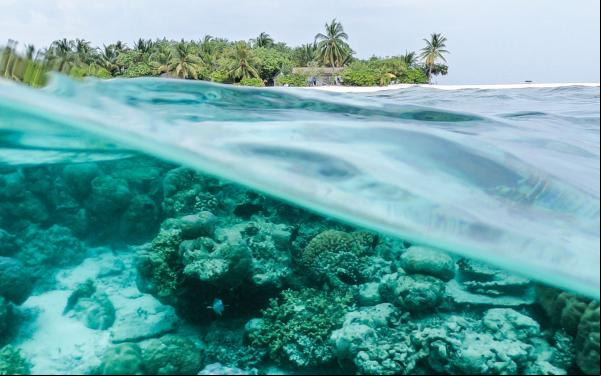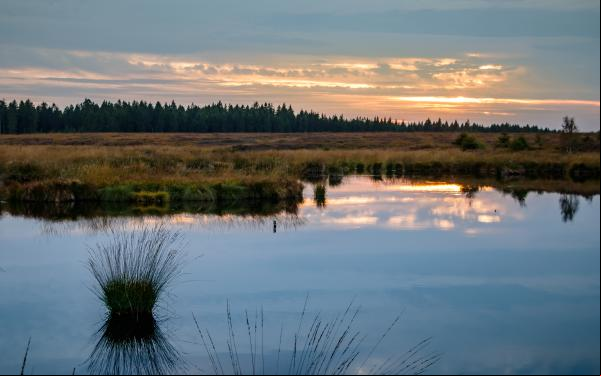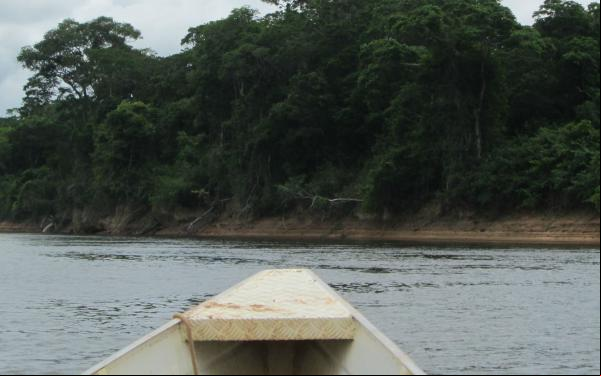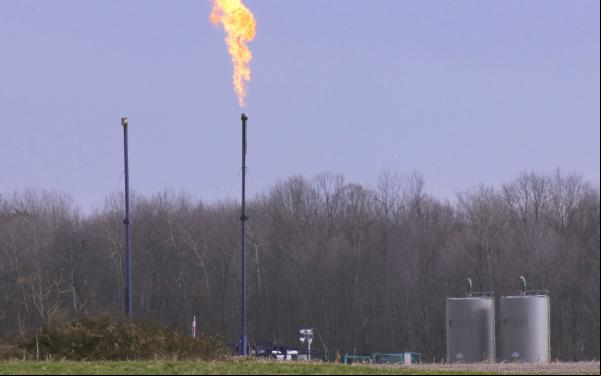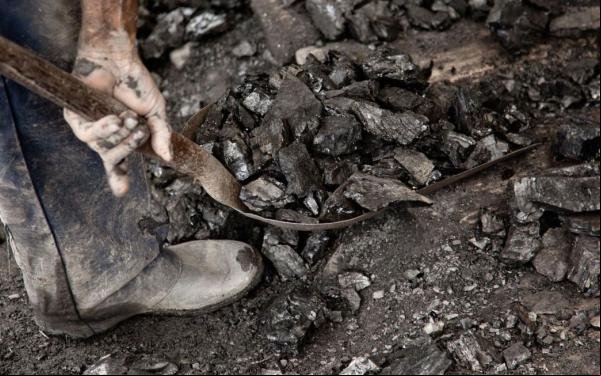
Conserving our water, drop by drop
Water is powerful. Even the idea of not having it in our daily life disturbs us. Yet we so often take it for granted. Many of us believe it will flow indefinitely, without having to do anything to guarantee its presence. As if to prove how wrong we are, reality has been hitting us harder and more frequently. In 2016, Bolivia suffered its worst drought in 25 years. Water scarcity affected five of the country’s nine departments, and a national emergency was declared. In the city of La Paz, seat of the federal government, the water cut-offs employed to confront the crisis led to some people having to subsist up to two days on only 50 liters of water. Bolivia isn’t an isolated case. Since 2010, central Chile has been experienced a mega-drought that is far from ending. And in 2018, the drought in Central America caused severe crop losses, putting the food of millions of people at risk. The causes of water shortages Water scarcity in Bolivia and other countries have common causes, problems that we must confront with urgency, such as: Climate change. Latin America is one of the world’s most vulnerable regions to climate change, which intensifies the water cycle, meaning the driest regions of the world are becoming even drier. Lack of long-term policies. Population growth has not been accompanied by policies for the more efficient use of water, or the better conservation of its sources. Inadequate water management. The management of water resources has not considered the growing demand on all sectors, the protection of natural sources, or the use of traditional and indigenous knowledge for conservation. Damages from extractive projects. An increase in mining activity in the region is contaminating rivers and using large quantities of water; fracking does as well. Large dams irreversibly damage important water basins. No culture of conservation. The growth of cities and the consequent growth of water consumption have not come accompanied with an increase in responsible citizenry. Best practices for water conservation It’s expected that the gap between water supply and demand in cities will reach 40 percent by 2030, so we must work quickly to implement good water management practices, including the following: Recycling wastewater from sewage systems, agriculture and industry. The reuse of water requires less energy than desalinization (which produces more toxic waste than water); it is also sustainable and profitable. Adopting solutions that take advantage of the natural processes that regulate the water cycle. They could be applied on a personal scale (for example, a dry toilet), at the landscape level (conservation agriculture that minimizes soil disturbance and uses crop rotation), or in urban environments (green walls and rooftop gardens). Harvesting rainwater and implementing better systems to store it would help reduce the impacts of future droughts. Applying appropriate environmental impact assessments would prevent the authorization of projects that threaten to damage natural sources of water supply. Motivating a change of mentality in key actors—those responsible for public policies, the private sector and consumers—would guarantee the availability and sustainable management of water. Humanity needs water, and for this year’s World Water Day, celebrated March 22, we the focus on “leaving no one behind.” At AIDA we understand that water is a human right. That’s why we work to defend the ecosystems that provide our water from the damages of inadequately implemented mega-projects.
Read more


